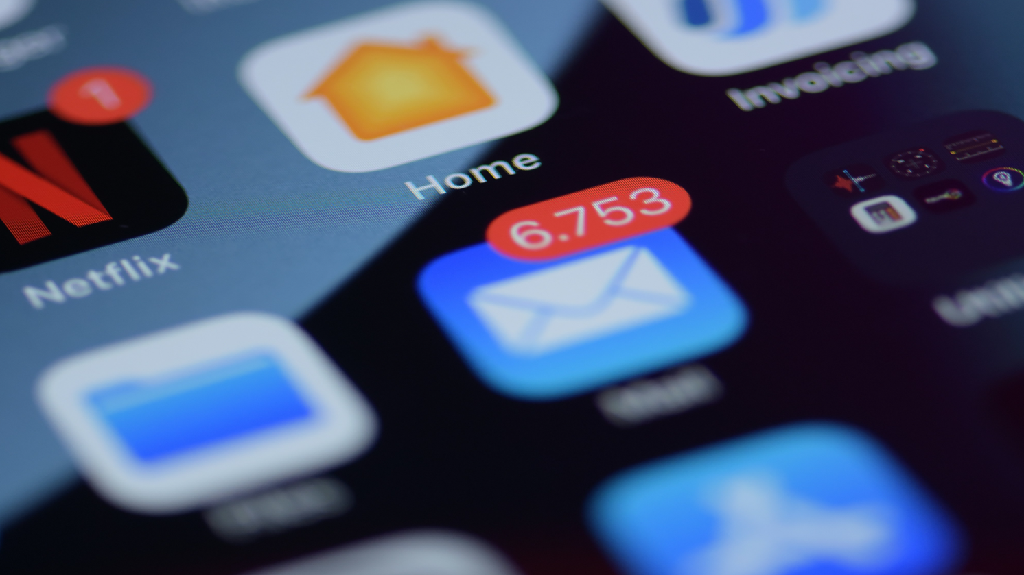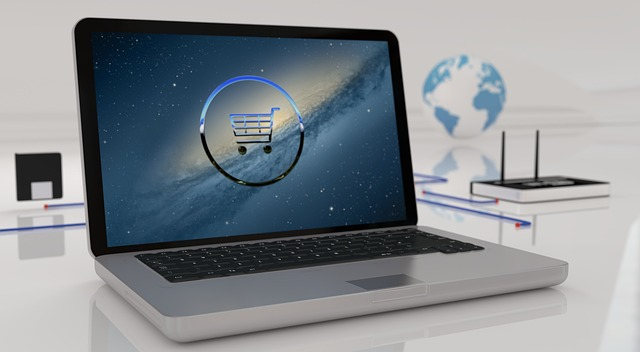The Art of Re-Engagement: Turning Cold Subscribers into Loyal Advocates
Even your most loyal subscribers can go quiet over time—but that doesn’t mean they’re gone for good. The art of re-engagement lies in knowing how to reignite interest, rebuild trust, and remind your audience why they signed up in the first place. Whether they’ve stopped opening your emails or disappeared from your funnel altogether, there’s a powerful opportunity hidden in every cold subscriber.
In this article, we’ll explore proven strategies to turn silent contacts into active, loyal brand advocates once again.
Understanding Cold Subscribers

Subscriber lists often form the backbone of successful marketing strategies. Yet, even the most well-maintained email lists face the inevitable challenge of cold subscribers—those who have disengaged from your brand over time. These individuals are not lost causes. In fact, re-engaging cold subscribers can be more cost-effective than acquiring new leads. This guide dives into the art and science of re-engagement, providing actionable strategies to turn disengaged subscribers into loyal, active customers.
Cold subscribers are individuals who:
- Haven’t opened your emails in a specific period (e.g., 3-6 months).
- No longer click on links or interact with your content.
- Have seemingly lost interest in your brand or offerings.
Why Subscribers Go Cold:
- Ir-relevant Content: Emails don’t align with their current interests or needs.
- Email Fatigue: They receive too many emails from your brand or others.
- Life Changes: Their priorities, preferences, or circumstances have shifted.
- Technical Issues: Emails might land in spam or go unnoticed.
Recognizing these causes allows you to address the core reasons behind disengagement and craft tailored re-engagement campaigns.
The Importance of Re-Engagement

Re-engaging cold subscribers is essential because:
- Cost Efficiency: Retaining and re-engaging existing subscribers is more affordable than acquiring new ones.
- Revenue Potential: Even cold subscribers have shown interest in your brand at some point, making them valuable leads.
- List Health: Cleaning and revitalizing your subscriber list improves deliverability and email performance metrics.
Signs of Disengagement
Before launching a re-engagement campaign, identify who your cold subscribers are using these metrics:
- Open Rates: Monitor subscribers who haven’t opened emails in a designated timeframe.
- Click-Through Rates (CTR): Look for those who haven’t clicked links.
- Engagement History: Analyze past purchases, downloads, or survey responses.
Tools to Identify Cold Subscribers:
- Email marketing platforms like Mailchimp, Klaviyo, or ActiveCampaign.
- CRM systems that track user interactions.
- Cloud IVR service providers can further support your outreach strategy by automating call flows and collecting subscriber feedback, helping you identify disengaged leads through voice response metrics.
Crafting the Perfect Re-Engagement Campaign

Re-engagement campaigns aim to rekindle interest and nurture subscribers back to active engagement. Here’s how to create one:
a. Segment Your Audience
Divide your cold subscribers based on factors like:
- Length of disengagement.
- Purchase history.
- Demographics or preferences.
b. Create Irresistible Subject Lines
Your subject line is the first impression. Use:
- Curiosity ("Have you forgotten us?")
- Personalization ("[Name], we miss you!")
- Incentives ("20% off just for you—come back!")
c. Offer Value
Provide a compelling reason to re-engage, such as:
- Exclusive discounts or free shipping.
- Valuable resources (e.g., e-books, guides, webinars).
- Sneak peeks of upcoming products or features.
d. Use Multiple Touchpoints
Don’t rely solely on email. Re-engage across:
- Social media ads.
- SMS campaigns.
- Retargeting ads.
- Outstream video ads.
Personalization: The Key to Relevance
Personalized communication resonates more with subscribers, increasing the likelihood of re-engagement.
How to Personalize:
- Dynamic Content: Tailor email content based on user preferences or behaviors.
- Behavior Triggers: Send emails based on specific actions or inactions (e.g., cart abandonment).
- Segmented Campaigns: Use data to create highly targeted re-engagement emails.
Example: Instead of a generic "We miss you" email, send "[Name], here’s 10% off your favorite skincare products."
Leverage Emotional Triggers

Emotionally charged messaging can reignite interest and build stronger connections.
Techniques:
- Nostalgia: Remind subscribers of their positive experiences with your brand.
- Urgency: Create a sense of FOMO (fear of missing out) with time-sensitive offers.
- Exclusivity: Make them feel special with personalized perks or VIP access.
Example: "Remember the amazing deal you loved last year? It’s back for 48 hours only!"
Utilizing Automation for Re-Engagement
Automation ensures timely and consistent communication. Set up:
a. Drip Campaigns:
- Send a series of re-engagement emails over several weeks.
b. Trigger-Based Workflows:
- Automate responses based on user actions, such as clicking a re-engagement email.
c. A/B Testing:
- Test subject lines, content formats, and offers to optimize results.
Re-Engagement Email Templates
Template 1: The "We Miss You" Email Subject: "[Name], We’d Love to See You Again!" Body: "It’s been a while! We’ve got something special just for you…" CTA: "Claim Your 20% Discount Now!"
Template 2: The Value-Driven Email Subject: "[Name], Here’s a Gift for You!" Body: "We’ve created this free guide to help you [achieve specific goal]." CTA: "Download Your Free Guide!"
Template 3: The Urgency Email Subject: "Last Chance to Reconnect!" Body: "This exclusive offer expires in 24 hours—don’t miss out!" CTA: "Redeem Your Offer Now!"
Incentives That Work
Sometimes, a little extra push is needed. Effective incentives include:
- Discount Codes: "Get 15% off your next purchase!"
- Exclusive Access: "Early bird tickets for our new event."
- Freebies: "Download our latest e-book for free."
Ensure the incentive aligns with your brand and audience expectations.
Measuring Success

Track these key metrics to evaluate your re-engagement campaign:
- Open Rates: Measure how many recipients opened your emails.
- Click-Through Rates (CTR): Assess link engagement.
- Conversion Rates: Track how many subscribers took the desired action.
- Unsubscribes: Monitor if the campaign led to any list pruning.
Use analytics tools to refine your strategy based on results.
Best Practices for Long-Term Engagement
Re-engagement is only one piece of the puzzle. Maintain subscriber interest by:
- Sending regular, relevant, and high-value content.
- Segmenting your list to ensure personalized communication.
- Asking for feedback to better understand subscriber needs.
Success Stories

Case Study 1: A Fashion Retailer’s Revival A fashion online boutique used targeted discounts and personalized emails to re-engage 20% of their cold subscribers, resulting in a 15% revenue boost.
Case Study 2: SaaS Company’s Re-Engagement Wins A SaaS provider implemented a drip campaign offering exclusive webinars and reactivated 30% of inactive users.
Re-engaging cold subscribers is both an art and a science. By understanding the reasons behind disengagement and leveraging tailored strategies, businesses can transform dormant contacts into loyal, revenue-generating customers. With the right tools, creativity, and persistence, you can breathe new life into your subscriber list and foster long-term relationships.







